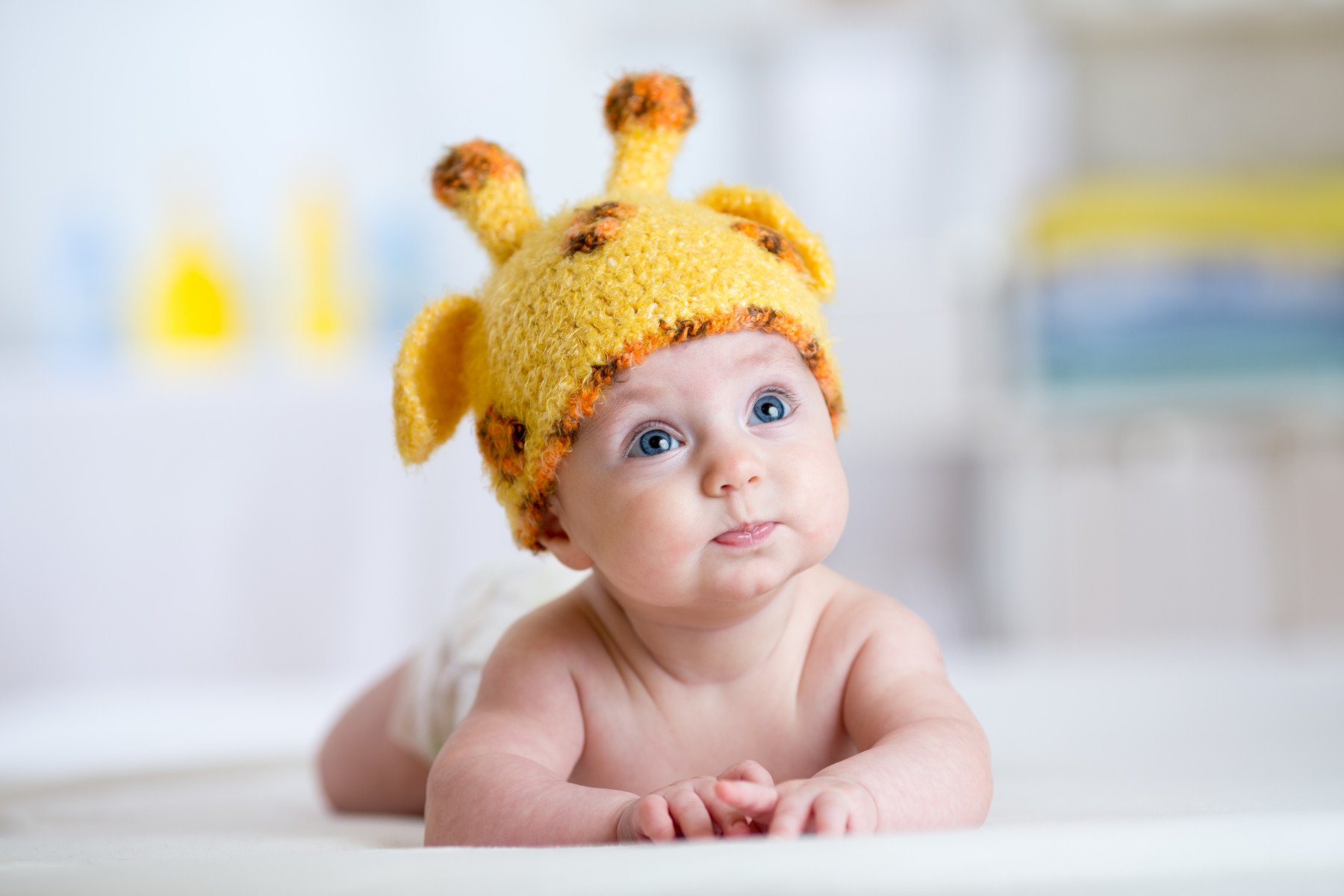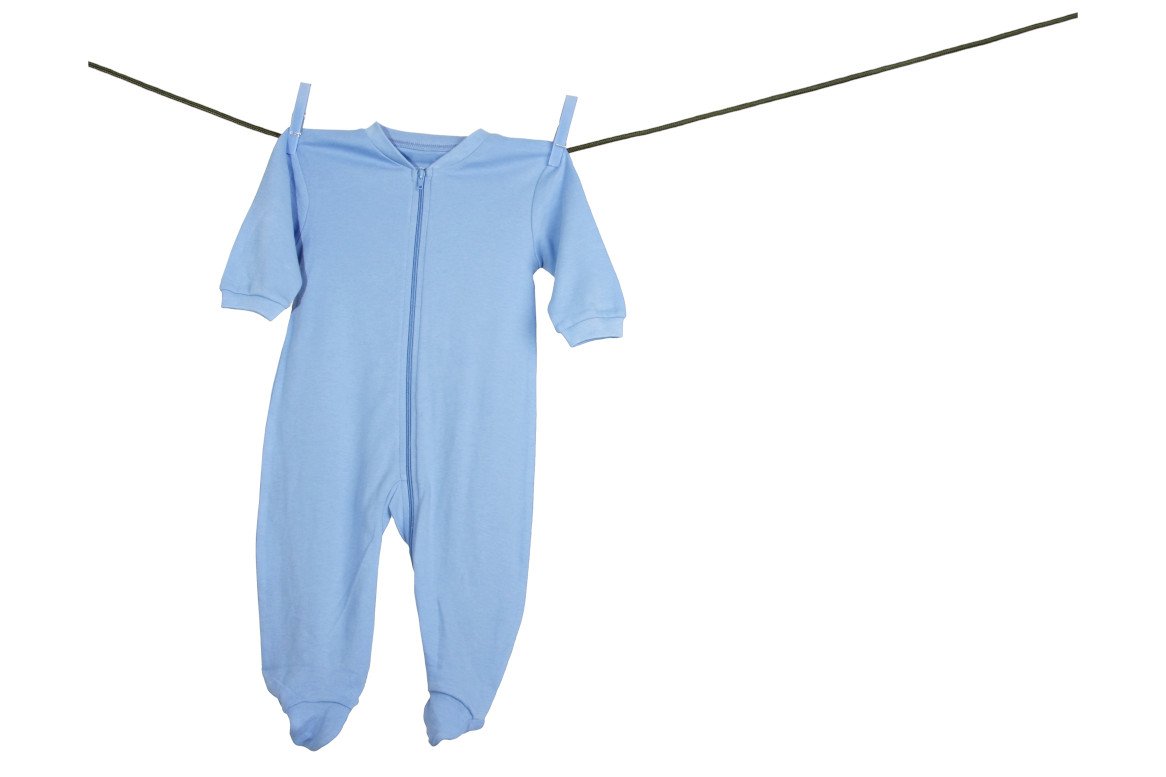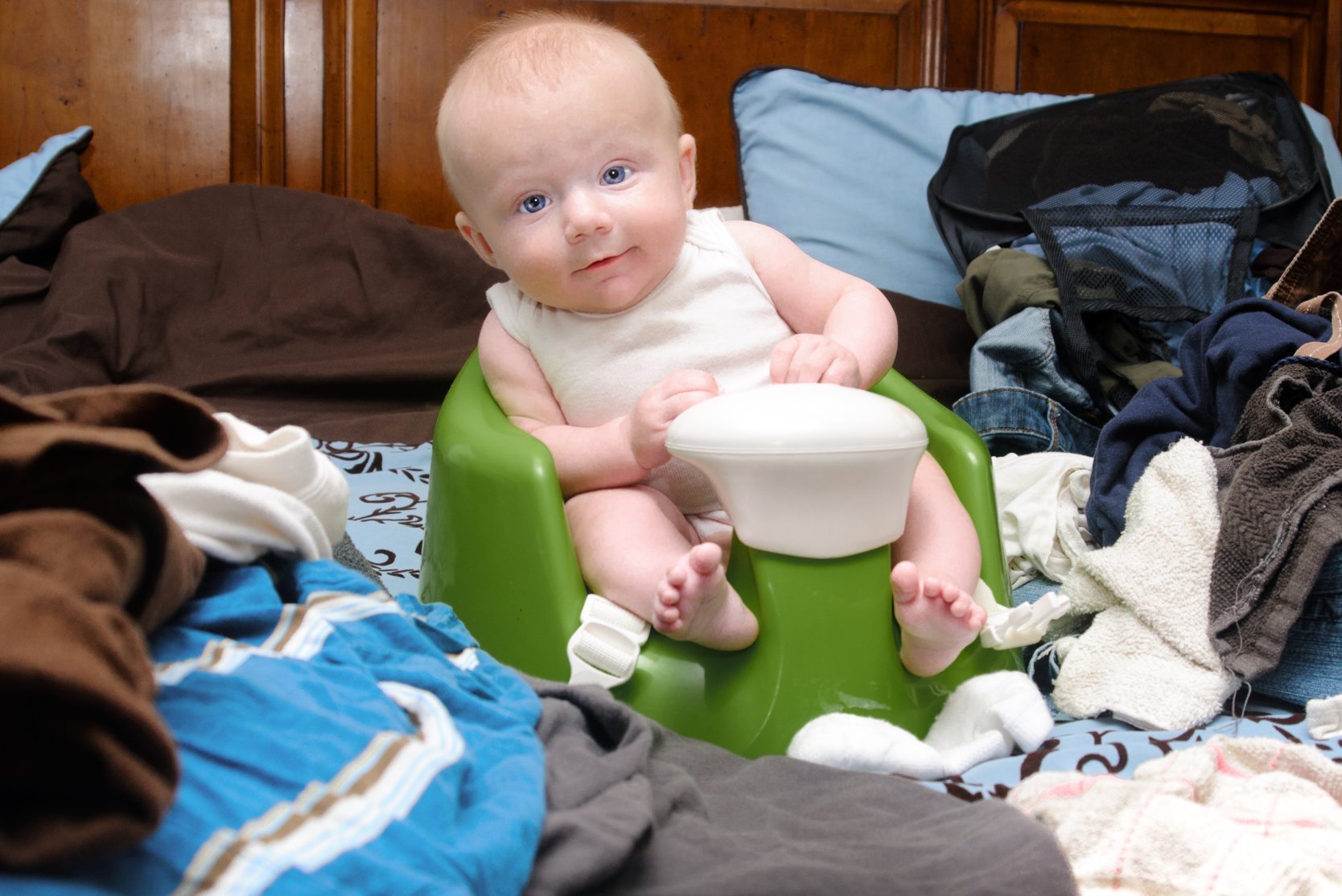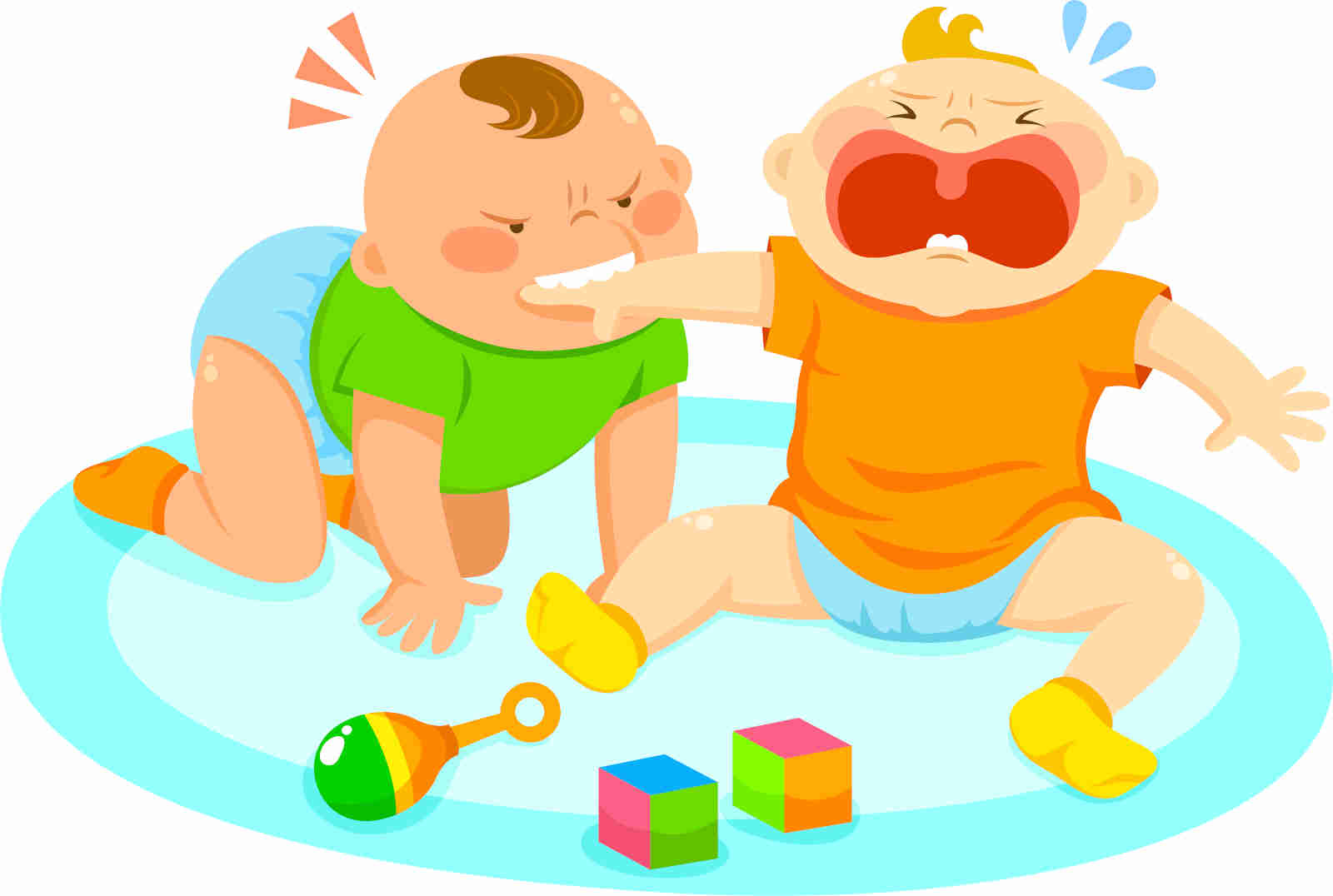A traumatic birth experience can leave you not only feeling battered and bruised but also detached from your body and your old self. Journalist Leah McLaren said she, ‘felt weirdly detached, like a zombie shuffling through the motions’ when writing about her traumatic birth experience for the Guardian newspaper a couple of years ago.
Feeling this way is particularly distressing at a time when you want to bond with your baby. It’s important to know that you’re not alone in your experience, The Birth Trauma Association estimate that over 200,000 women feel traumatised by childbirth and develop undiagnosed and untreated symptoms of PTSD.
It’s important that we find ways to help and support women who can feel their experience is overlooked so long as their baby is healthy and they are physically patched up. Disregarding a mother’s experience misses the essential point that the wellbeing of a new mum and her baby- cannot be so easily separated.
At our small group sessions we will help you understand how trauma impacts your whole system and how you can do some simple things to help your system recover.
Category Archives: Baby
Tummy Time Stress
Is Tummy Time Stressing Everyone Out???
Tummy time has become part of the standard advice given to new parents but it can be anything but standard when your baby just won’t tolerate it even for a few seconds. The very idea of it can cause new parents to break out in a sweat and create a lot of stress for babies too. Some babies need a little more support to help them tolerate being on their tummy on a flat surface and holding their head up against gravity. At Encounter Baby we will introduce you to techniques that can help with this struggle and even turn it into a fun time of connection with your baby.
Top tip…

A good alternative starting point for tummy time is to start with your baby on your chest or tummy and relax back in a chair of sofa. Your baby has a natural fascination with human faces and will be drawn to look up to catch your eye or check out your face. In the early weeks of life a baby’s vision is limited to around 20cm or about the distance from your nipple to your eyes, interestingly, so lying on your chest is a good position to be able to see you. In this position they also receive a comforting touch input from your body that is much more reassuring and comforting than the floor or a play mat. Research has shown that when we combine touch with any other sensory or motor experience more connections are made in the brain.
Don’t worry that this position isn’t “real” tummy time – it still is, and your baby is still resisting gravity and beginning to strengthen the muscles in their neck, shoulders, arms and trunk, as well as organising their nervous system.
There can of course be other factors that cause problems with tummy time, and if this is the case, at the sessions we will be able to help you identify what may be behind your child’s struggle.
Why is Tummy time considered so important?
Put briefly, it helps organise the nervous system and provides foundational development of the muscle groups and motor pathways for rolling over, pulling up and sitting. It also stimulates hidden systems such as the vestibular, which is key in balance and is also linked to the visual and auditory system functions.
You may find the video on this site helpful – https://pathways.org/topics-of-development/tummy-time-2/
Baby Hygge
Being swaddled or held close with a fair amount of deep pressure is probably one or the most soothing and regulating sensory experiences you can give a tiny baby, as this supports their ability to self-regulate and aids neurobiological organisation. This in turn creates a sense of inner and outer peace in their mind, body and brain. Some babies prefer the human touch but some just prefer swaddling with a blanket or cover.
This form of comforting gives the whole body proprioceptive input and deep pressure touch, especially if your baby is positioned in full body flexion (see image below). Proprioception is like your body’s GPS – it tells you where your body is in space and where all your body parts are in relation to each other. In order to feel secure and grounded in this world, it’s essential that this system is working well and that it supports and works with other essential systems for function, such as your balance and touch systems.

If your baby seems to need a lot of this kind of touch or input, it can be a sign that it is seeking a little extra support with its self-regulation. This is completely normal and especially common in premature babies, who missed out on being squished into full flexion in the womb in the same way as full term babies.
Swaddling is good as long as you’re not overheating your baby with too many layers. Wrapping them nice and snug with their body, arms and legs tucked into full flexion will give the full calming experience that soothes their whole system. You may also want to add regular doses of full body deep pressure touch to help with overall regulation. Remember that nothing can compete with your comforting touch, soft voice and gaze, as this communicates safety and increases regulation, and also helps release good neurochemistry in the form of oxytocin and serotonin.
Every child has a unique pattern of taking in and responding to information from the senses about their world and their bodies”
(Williamson and Arizalone, 2001)
Some babies do struggle with touch so if your baby wants constant holding or none at all, or goes from one extreme to the other then this is most likely related to difficulties with sensory modulation and something we can help you understand. We can also guide you in how best to increase your baby’s ability to process sensory information well and build a tolerance in these areas.
If you would like support to do these things, we will be covering this and so much more at the Encounter Baby sessions.
Onesie Blues
Does your baby dislike getting dressed and undressed or getting their nappy changed?
For some babies struggling with clothing changes, the problem can be related to sensory stressers and is typically linked to more than one sensory trigger. The first thing to consider would be the tactile or touch system, which may be over-registering the feel and textures of the clothing fabric. Some or all clothing can feel uncomfortable and even painful if the baby’s tactile system is over-responding to the sensations from the clothing. Some fabrics may feel more abrasive than others and each child’s sensitivity may be different.
The other main sensory issue with dressing and undressing is the change in body position required by the movement of dressing/undressing. This can trigger the baby’s balance or vestibular system particularly when various head movements are involved. If your baby’s nervous system is sensitive to the movements it can create sensations of instability and the baby will feel unsafe, which is obviously distressing and your baby will protest.
At Encounter Baby we will show you how to use activities than will dampen the tactile receptors and help develop a greater tolerance in your baby’s touch system. If you can’t get to a session, or are waiting to join one, the following things may help in the short term:
– Take note of the textures of clothing that your baby seems to react to the most and replace with preferred textures.
– Remove any labels or tags on clothing and check seams. You can turn some items such as vests inside out if seams are rough.
– Use tight or snug fitting under wear to provide calming input to the tactile system and dampen the tactile receptors.
– Try swaddling with a towel to help transition from being dressed to being undressed.
– Reduce vestibular reactivity by limiting movement of the head and body as much as possible during the clothing change. You may also want to try supported sitting to complete the clothing change, if your baby has good neck support, rather than being fully flat in a lying position.
It is quite common for babies to have sensitive tactile or touch systems particularly in the early weeks and months, as this is their primary system for engaging with and encountering the world around them.
If you do suspect a movement or vestibular component, or these issues continue, it is really worth coming to Encounter Baby if you are able, as we can help you address this early on and help prevent more widespread issues relating to this system later on.
Baby Crap
Is your house in danger of being full of baby crap?
I’m talking about all those flashing, noisy bits of plastic that cost you a small fortune and promised to stimulate your child’s brain and boost their developmental and educational potential.
Also all those cluttering pieces of equipment for swinging, sitting, bouncing and walking – so much so that you decide you need a bigger house! Have you ever wondered how previous generations managed without it and is it all part of a great marketing con? Well to some extent the answer is yes and not only is a lot of the equipment unnecessary some may even be detrimental.
A baby’s nervous system is designed to thrive through freedom of movement on the floor and connection with their caregivers, when they spend a lot of their day in plastic devices like bouncers, carry seats and equipment like Bumbo seats it can contribute to both developmental delays and even lead to postural problems. At Encounter baby the sessions will show you how to best support your child development through natural movement and play activities that don’t require expensive equipment.
We all want to give our children the best start in life but the information around us can be very confusing and the promises made on packing are more about selling a product than being based on sound empirical evidence from multiple studies. At the sessions will we guide you through how crucial connections are formed between your infant’s brain and muscles during the first year of life and demonstrate activities that best support the development of strong brain and body connections, without lots of extra equipment and gadgets. We will also provide guidance on the safe of use equipment you may need or already use, by explaining positioning techniques, giving suggestions on time limits and explaining how to support strong spine development.
Biting Self or Others
It can be quite shocking for parents if their baby or toddler starts biting themselves or others. They often wonder what is causing the behaviour and become worried that something is very wrong, when actually it is more common than people realise and it can be linked to sensory processing difficulties.
Biting into something provides essential deep pressure input to the jaw muscles and tactile input to the mouth. This is important because the oral sensory input that comes from biting down hard on something can be very regulating and soothing for the nervous system. Therefore when a baby or small child bites themselves or others this action can be a way for them to get a form of sensory input that helps them to feel calm and feels good to their nervous system. It isn’t as painful to the child as it might appear and it can be related to sensory under- registration where the infant is seeking more sensory input in this area. It may also be a way for them to regulate their system in a stressful situation or if they are feeling overwhelmed. Parents often comment that their child bites when they are angry or frustrated, but this is also satisfying a sensory need – giving them a sense of calm and a way to self regulate.
The mouth is a key area of exploration and learning in infants under 18 months, and as you have probably noticed babies of this age put everything in their mouth – psychologically it has been referred to as the oral stage of development. From a sensory perspective rooting and sucking dominate in this stage of development and therefore the mouth is the key area of discovery. Having worked with lots of different babies in many groups it is clear that some babies need more input than others and in order to satisfy this need they bite down harder than usual to get the feedback they require. They may also start biting down harder on things when they are teething, which is completely normal, but some babies find they like the sensory input it gives and keep doing it. These babies would most likely benefit from an oral sensory tool to give them that bit more input.
At Encounter Baby, we can help you understand your baby’s unique sensory needs and support you to give them a strong foundation in this area of development. We can also help with any feeding issues related to oral sensitivities and suggest which sensory interventions may be best for your child.






